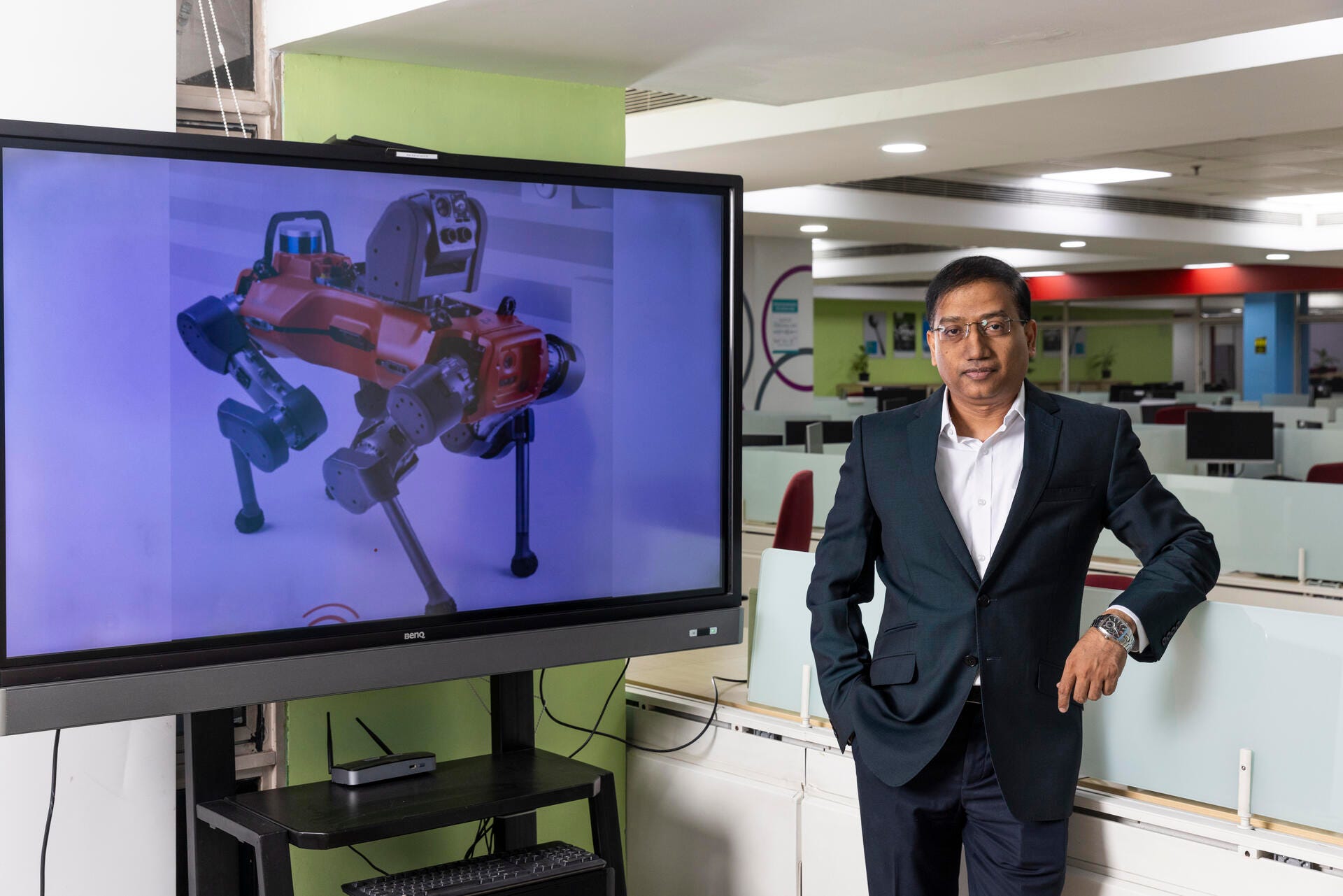Klimatic Scale

Klimatic Scale
Podcast Description
We have all the technologies to reach Net Zero. So why are climate and sustainability technologies not scaling?
Join award-winning ecosystem builders Aneri Pradhan and Dash Markova as they discuss the challenge with entrepreneurs, real estate and construction leaders, and corporate and city innovation teams to understand the scaling challenge and what we can actually do about it. klimaticgroup.substack.com
Podcast Insights
Content Themes
The podcast centers on the challenges facing the scaling of climate and sustainability technologies, featuring content that explores topics such as venture clienting, innovation theater, and startup collaboration. Episode highlights include discussions on the effectiveness of startup prizes, the importance of building trust in corporate relationships, and the concept of venture clienting as a new approach in the European market.

Klimatic Scale is a show about scaling competitive revenue streams in energy, built environment, and mobility – the sectors core to progress and to solving the climate crisis.
Competitiveness means implementing new solutions – fast. So why are we stalling?
Join award-winning ecosystem builders Aneri and Dash as they discuss best ways to scale with corporate leaders, entrepreneurs, and experts. What we will cover:
1. Main revenue opportunities and related reverse pitches.
2. Ultra-specific industry cases & success stories, analyzed and gutted for truth.
3. What works best for speedy commercialization.
Siemens Energy Ventures works with a variety of young companies, bringing their expertise, ideas and new technology into our organization and scaling them up for impact.
Siemens Energy is present in 90 countries and covers the entire energy landscape – from conventional to renewable energy, from grid technology and storage to the electrification of complex industrial processes. Their mission is to support companies and countries with what they need to reduce greenhouse gas emissions and make energy reliable, affordable, and sustainable.
Connect with Jaydeep Naha on Linkedin and read more about the partnership described in the podcast in Siemens Energy blog here.
00:00 – Introduction and Jaydeep’s foray into energy2:12 – Siemens Energy Challenges3:46 – Venture Building vs Venture Clienting6:00 – Success stories and scaling with Anybotics8:44 – the process behind scaling12:58 – Digitalization priorities for Siemens15:25 – Advice for Startups
Like this episode? Subscribe to get notified about the next one!
Robotics Powering Digital Transformation
Robotics innovations are driving a profound transformation within the European energy sector, as companies embrace advanced automation, collaborative partnerships, and data-driven solutions to meet climate, efficiency, and reliability goals. Recent developments, including Siemens Energy’s approach and multiple partnership successes, reveal several essential trends and strategic priorities shaping the future of energy in Europe.
European energy companies now integrate advanced robotics and artificial intelligence across operations to unlock efficiency and operational resilience. These systems handle inspections, predictive maintenance, and asset management—often in hazardous locations or around the clock—dramatically reducing safety risks and downtime while optimizing resource allocation. Quadruped robots, wall-climbing machines, and autonomous drones regularly monitor assets in complex industrial environments, supporting creation of digital twins and enabling early fault detection at scale.
The EU’s strategic focus on climate action, digital transformation, and industrial competitiveness makes it fertile ground for robotics innovations in energy. Through open innovation, collaborative funding, and robust ecosystem-building, European companies can rapidly test, scale, and deploy the latest technologies while meeting ambitious regulatory, safety, and sustainability benchmarks.
A key lesson echoed by leaders in the industry: the real breakthroughs come from forging trusted, mutually beneficial partnerships—combining the strengths of large corporates and nimble startups. It is not the technology alone, but the ability to scale it across borders, business units, and use cases, that delivers lasting impact.
Partnering with specialist robotics startups, rather than building solely in-house, allows for flexible and rapid innovation. Siemens Energy’s approach exemplifies this: its venture arm collaborates with startups to bring “digital brains” to robots, speeding up deployment, enhancing adaptability, and reducing the time and cost to reach market readiness. Leveraging the expertise and R&D of external partners ensures even the most sophisticated autonomy solutions are robust, reliable, and readily scalable across geographies and business lines.
Market Trends: Ecosystems and Agile Adoption
Several market trends stand out:
* Open Innovation: Energy leaders are actively fostering innovation ecosystems that integrate solutions from both internal teams and external startups. This collaborative approach helps rapidly address technical challenges and build multifaceted, future-proof robotics platforms.
* Scalable Pilots and Expansion: Pilots begin in one location or domain—often power generation or transmission—and then scale rapidly if successful, crossing both business units and national borders. The underlying robotics platforms are designed for adaptability, enabling efficient rollout in diverse technical and regulatory environments.
* Flexible Business Models: Robotics-as-a-Service (RaaS) and hybrid service models are increasingly adopted, shifting robotics from capex-heavy investments to pay-as-you-go operational solutions. This not only democratizes access for smaller operators but aligns incentives for continuous improvement from solution providers.
* Human Expertise and Digital Enablement: Contrary to fears of job loss, digital and robotics adoption often addresses acute talent shortages. Many European energy companies lack sufficient specialized expertise for complex, remote, or high-risk sites—robots and AI agents step in to supplement human skills, not replace them.
Robotics and AI are establishing themselves as core enablers of the European energy sector’s ongoing digital transformation. Their adoption is driven not by abstract technological promise, but by pragmatic goals—safety, efficiency, resilience, and sustainability. Companies that embrace collaborative innovation, scalable business models, and people-centric transformation will shape the future of energy in Europe, ensuring robust progress toward decarbonization and energy security.
This is a public episode. If you would like to discuss this with other subscribers or get access to bonus episodes, visit klimaticgroup.substack.com

Disclaimer
This podcast’s information is provided for general reference and was obtained from publicly accessible sources. The Podcast Collaborative neither produces nor verifies the content, accuracy, or suitability of this podcast. Views and opinions belong solely to the podcast creators and guests.
For a complete disclaimer, please see our Full Disclaimer on the archive page. The Podcast Collaborative bears no responsibility for the podcast’s themes, language, or overall content. Listener discretion is advised. Read our Terms of Use and Privacy Policy for more details.